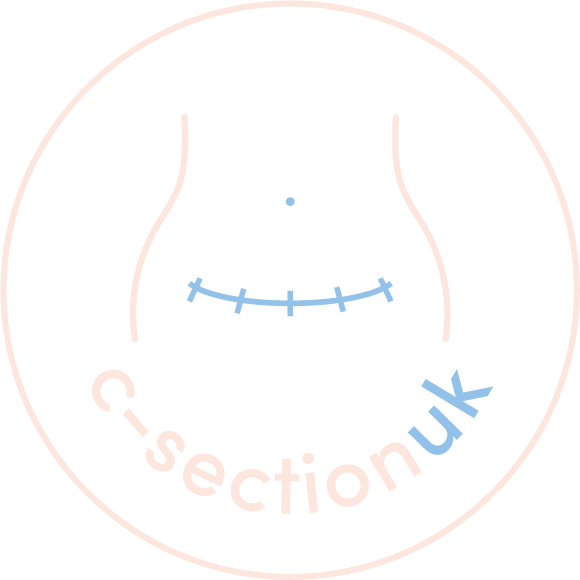How To Give The Ultimate Pregnancy Massage: Step-By-Step
Want to discover how to create a blissful and relaxing experience for mums-to-be? Use this step-by-step guide to help you to give the gift of a relaxing pregnancy massage.
She's worth it.
What is a pregnancy massage?
A pregnancy massage is a specialised massage therapy explicitly designed for expectant mothers. It focuses on addressing the unique needs and discomforts that arise during pregnancy.
Using gentle techniques and adjusting the positions, a pregnancy massage aims to relieve pain and promote overall well-being for the mum-to-be.
The benefits of a pregnancy massage
Studies indicate that receiving massages can have several positive effects during pregnancy. It has been shown to:
- Reduce stress hormones
- Promote muscle relaxation
- Improve blood circulation
- Enhance the lymphatic system's efficiency
Additionally, massages can help establish a stronger mind-body connection, providing comfort during moments of uncertainty about the changes happening within you.
Regular prenatal massages during pregnancy may not only help you relax, but they may also alleviate various discomforts such as:
- Insomnia
- Joint pain
- Neck and back pain
- Leg cramping
- Sciatica
- Swelling in the hands and feet (excluding preeclampsia-related swelling)
- Carpal tunnel pain
- Headaches
- Sinus congestion.
It's a fantastic way to nurture the well-being of the mother and the growing baby.
Is it safe for women to get massages when pregnant?
Absolutely! However, consulting a healthcare professional before beginning any massage therapy during pregnancy is never wrong.
Pregnancy massages are usually safe, primarily when performed by a trained therapist who understands expectant mothers' specific needs and precautions. Always prioritise the safety and comfort of the pregnant person if you are massing them at home.
If you are paying for a massage, communicate openly with the therapist throughout to ensure optimal comfort.
Aromatherapy or Essential Oils
The use of essential oils during pregnancy is a topic of debate due to the lack of precise safety data. Essential oils contain chemicals that can be absorbed by the body, potentially crossing the placenta and affecting the developing baby.
Avoiding aromatherapy in the first trimester when the baby is most susceptible is recommended to prioritise safety. If essential oils are used during the second and third trimesters, it is advisable to exercise caution and consult with an aromatherapist for advice.
How do you give a pregnancy massage?
Giving a pregnancy massage requires a combination of proper positioning, gentle techniques, and attentiveness to the pregnant person's comfort.
Let's explore some essential steps to create a soothing and enjoyable experience:
How to position a pregnant person for a massage
When positioning a pregnant person for a massage, it's crucial to prioritise their comfort and safety. Typically, side-lying positions with pillows for support are recommended, as they relieve pressure on the abdomen and allow for better relaxation.
Alternatively, specialised pregnancy massage tables with belly cutouts can accommodate different pregnancy stages.
Common massage techniques
During a pregnancy massage, gentle and soothing techniques must be used to avoid excessive pressure on sensitive areas. Some standard techniques include Swedish massage, gentle kneading, circular motions, and light stretching.
Always listen to the pregnant person's feedback and adjust the pressure and intensity accordingly.
Can I pay someone else to give a massage?
Of course! It's often recommended to seek the assistance of a professional massage therapist specialising in pregnancy massage.
Trained therapists have the knowledge and experience to create a safe and effective massage session tailored to the specific needs of the pregnant person. So, don't hesitate to treat the mum-to-be in your life, with a professional prenatal massage experience!
Written By: Midwife Laura
